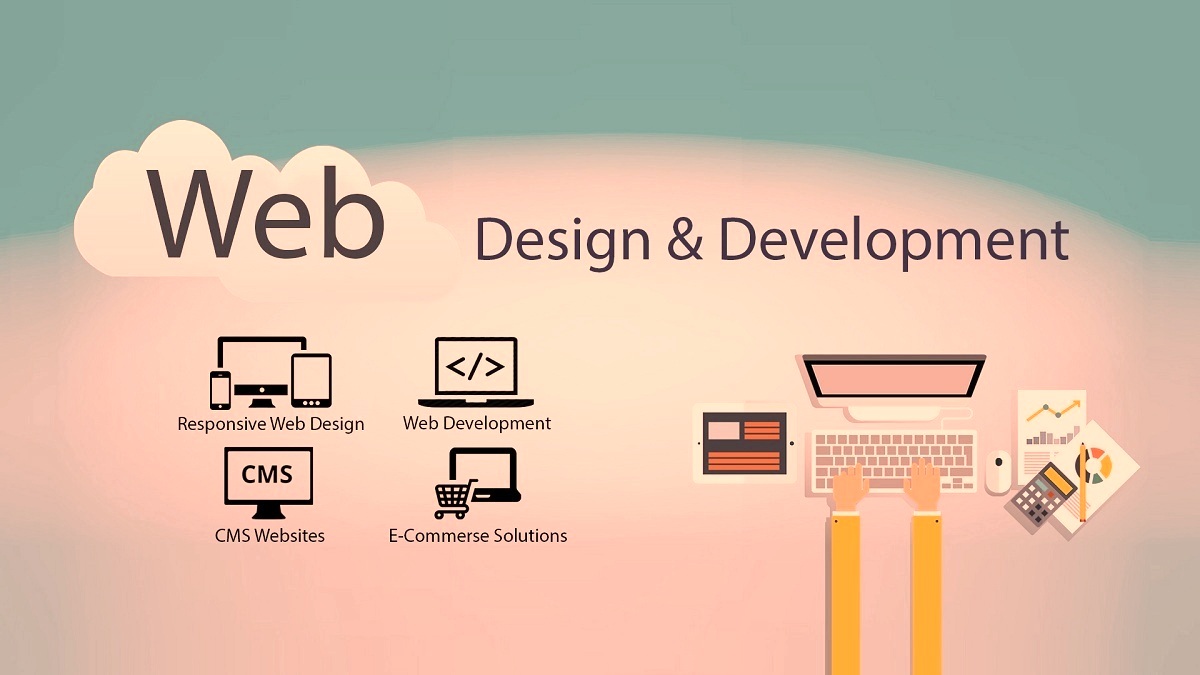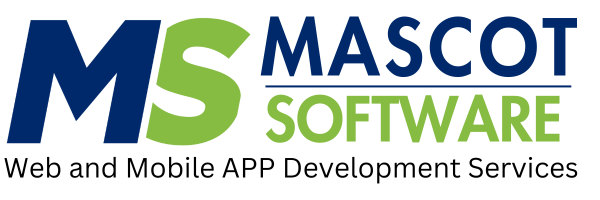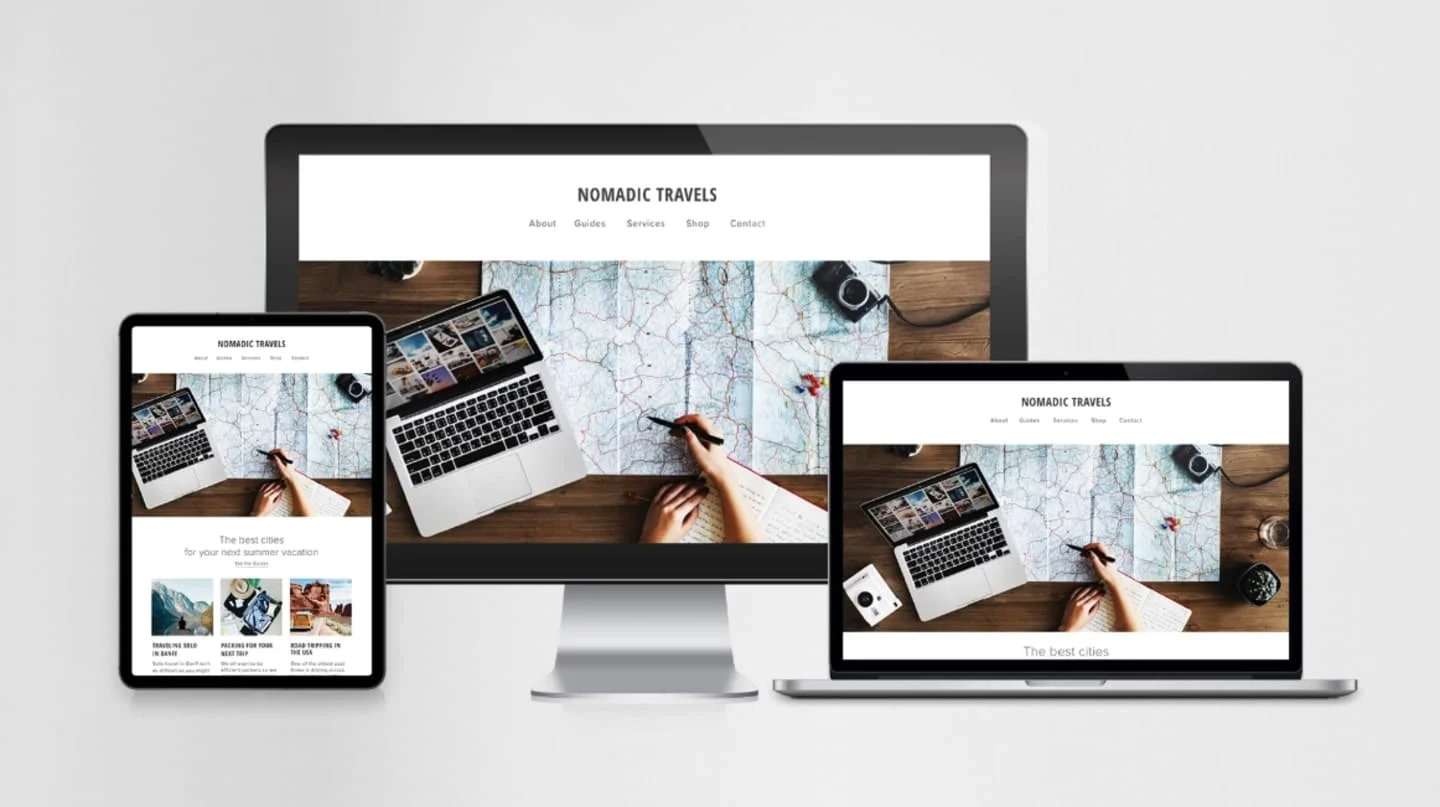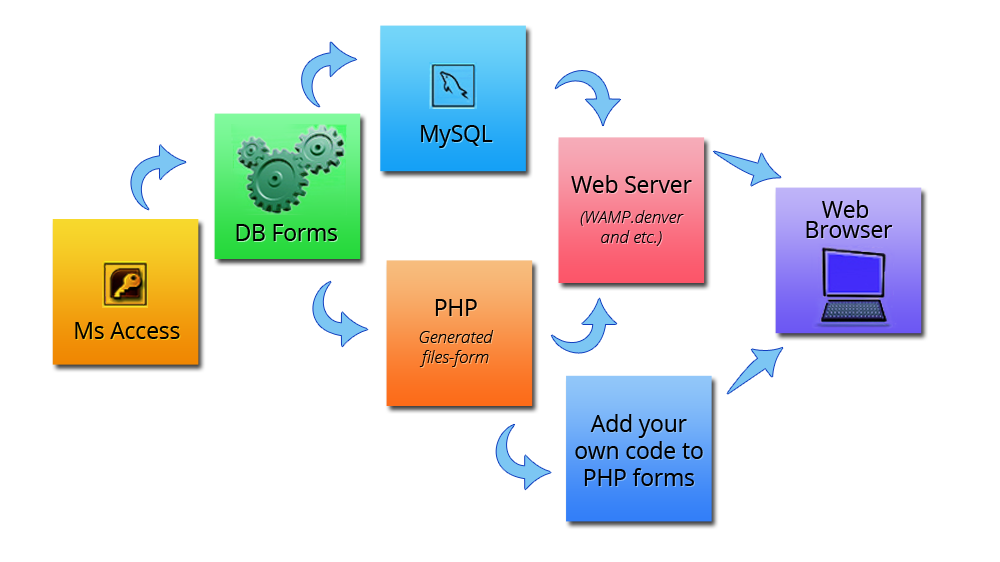
As we step into 2025, the digital realm continues to evolve at a rapid pace. Website design and development are no longer just about aesthetics; they encompass functionality, user experience, and adaptability. Here's a deep dive into the top trends that are defining the industry this year:
1. AI-Powered Design and Development
Artificial Intelligence is revolutionizing how websites are built and maintained. Tools like Squarespace's Blueprint AI allow users to design websites directly within ChatGPT, offering features like AI-generated images and videos.
2. Immersive User Experiences with 3D Elements
Interactive 3D elements are enhancing user engagement. Websites are integrating AR/VR-like experiences, allowing users to interact with products in a more immersive way. Elementor
3. Sustainable Web Design Practices
With growing environmental concerns, there's a shift towards sustainable web design. This includes optimizing code for energy efficiency and hosting websites on servers powered by renewable energy sources.
4. Headless CMS for Flexibility
Headless Content Management Systems (CMS) are gaining popularity for their flexibility. They allow developers to deliver content across various platforms seamlessly, enhancing the user experience.
5. Enhanced Mobile-First Designs
With mobile traffic surpassing desktop, responsive and mobile-first designs are paramount. Websites are being optimized for mobile devices, ensuring fast load times and intuitive navigation.
6. Voice Search Optimization
As voice-activated devices become more prevalent, optimizing websites for voice search is crucial. This involves natural language processing and structuring content to answer voice queries effectively.
7. Minimalist Design with Bold Typography
Simplicity is key. Websites are embracing minimalist designs with bold typography, focusing on clean layouts and intuitive navigation to enhance user experience.
8. Micro-Interactions and Animations
Subtle animations and micro-interactions are being used to guide users and provide feedback, making the browsing experience more interactive and engaging.
9. Personalization through AI
AI is enabling personalized user experiences by analyzing user behavior and tailoring content accordingly, leading to increased engagement and conversions.
10. Enhanced Security Measures
With the rise in cyber threats, websites are implementing advanced security protocols, including multi-factor authentication and regular security audits, to protect user data.
Conclusion
The website design and development landscape in 2025 is characterized by innovation, user-centric approaches, and technological advancements. Embracing these trends can help businesses stay competitive and provide exceptional online experiences to their users.


.jpg)

.jpg)
